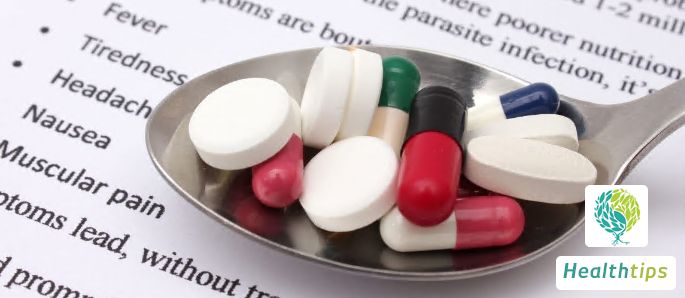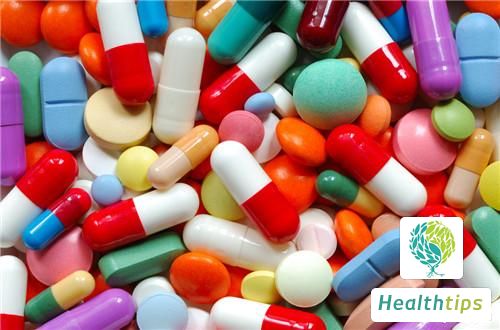What Foods Should Be Avoided When Experiencing Breast Inflammation?
Mastitis is a relatively common disease among women. It is important to promptly consult a doctor for targeted treatment. In daily life, attention should be paid to diet. Patients should supplement foods rich in protein and vitamins to ensure balanced nutrition. Regular exercise and sufficient sleep are also essential. There are certain foods that mastitis patients should avoid. Let's take a look at what these foods are.

Patients with mastitis should avoid spicy and stimulating foods such as chili peppers, onions, ginger, and garlic, as these foods can exacerbate discomfort around the inflamed area, causing pain and itching. Food does not affect wound healing, so it is recommended to eat light vegetables and fruits such as cucumbers, tomatoes, apples, pears, and grapes. Protein intake should be moderate, and foods like eggs, lean meat, fish, and shrimp can be consumed. High-fat and fried foods should be avoided.
If a patient is experiencing acute mastitis during lactation, it is advisable to avoid applying heat and drinking excessive soups before seeking treatment to prevent worsening symptoms. It is important to seek timely treatment from a professional breast surgeon at a reputable hospital. Prolonged milk stagnation and bacterial invasion can lead to abscess formation, and oral antibiotic treatment should be administered under the guidance of a doctor.
Mastitis is a common disease among women, and it can be classified into different types based on its cause, including acute suppurative mastitis, periareolar fistula, and plasma cell mastitis. Among these, acute suppurative mastitis is the most common type and often occurs during lactation, especially within 1-2 months after childbirth for first-time mothers. It is also known as acute lactation or puerperal suppurative mastitis in traditional Chinese medicine.
The incidence rate of acute mastitis in first-time mothers is as high as 2%-4%, twice that of experienced mothers. The disease is caused by milk stagnation accompanied by bacterial infection, presenting as acute inflammation with symptoms such as redness, swelling, heat, pain, chills, and high fever. Early stages can be managed with manual milk expression and traditional Chinese medicine treatment, while surgical incision and drainage may be necessary in later stages.
The onset of the disease not only causes significant discomfort for the mother but also prevents continued breastfeeding, affecting the health of the infant. Therefore, prevention should be started from the later stages of pregnancy, with proper postpartum care to reduce the risk of acute mastitis.
Acute mastitis can be prevented by enhancing the resistance of pregnant women, breastfeeding regularly, emptying the breasts to prevent milk stagnation, keeping the nipples clean, and preventing nipple damage. Chronic mastitis has unknown causes and thus lacks effective preventive measures. Regular check-ups and early detection are essential for managing this condition.



















